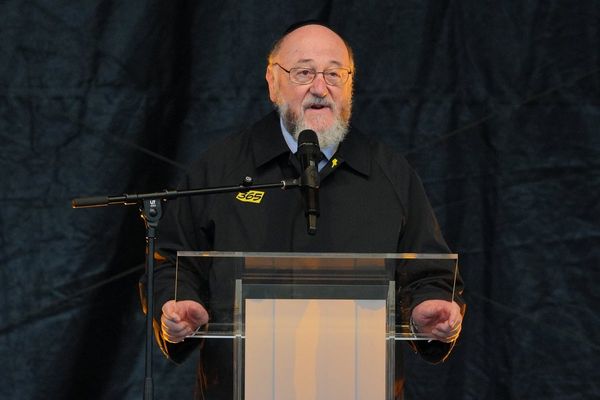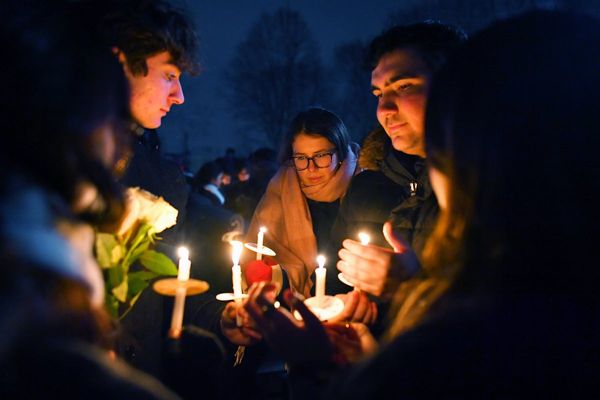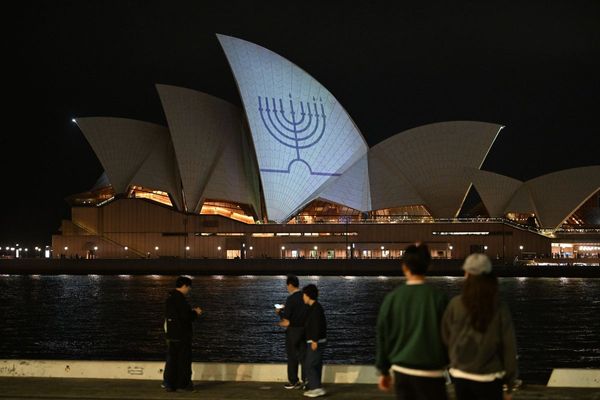
While humans have gotten pretty good at destroying the Earth, nothing we’ve ever made has had the destructive force of the Cretaceous-Paleogene (K-PG) extinction event. Some 65 million years ago, three-fourths of all plant and animal life on Earth was suddenly made extinct, altering the course of the planet’s evolution. In September 2019, in a bit of CSI: Entire Planet, scientists got the most-detailed look yet at what happened in the aftermath of the K-PG event, reconstructing precisely how the Age of Dinosaurs came to a swift, fiery end.
Now known as the Chicxulub crater, the remnants of the Earth-shattering collision were studied from samples first found in 2016. Sediment in the crater painted a picture of the catastrophic moment in which the Earth was irrevocably changed.
This is #15 on Inverse’s 20 wildest space discoveries of 2019
In just a few seconds, the 112-mile wide crater formed. A few minutes later, a layer of melting rock approximately 131 feet (40 meters) spilled out as overflow. A few minutes more, and the rest of the Earth started to feel the terrible affects of the impact. Seawater thundered into the crater, carrying myriad materials and organisms.
Tsunamis quickly followed, battering the crater from all directions. Some came from the surrounding ocean, others from within the crater itself. Within as little as a half hour, chaos had taken hold on an unprecedented scale.
Remnants of charcoal found in the crater hint that there were more than tsunamis. On impact, pieces of burning wood and debris would have flown hundreds of feet into the air, landing in areas covered in trees and brush. Wildfires likely ran rampant as far as 930 miles from the actual crater. For a very short period of time — right before massive global cooling — the world was on fire.

These fires, in turn sent untold amounts of smoke into the air. Combine that with the sulfate aerosols released into the atmosphere after impact, and soon enough the sun was blocked out. Not a good day.
And the dinosaurs suffered it all.
“We fried them and then we froze them,” said Sean Gulick, a research professor at the University of Texas Institute for Geophysics said at the time. “Not all the dinosaurs died that day, but many dinosaurs did.”
As 2019 draws to a close, Inverse is revisiting the year’s 20 wildest space stories. Some are awe-inspiring, some are bordering on science fiction, and some are just, well, wild. This is #15. Read the original article here.







